Unveiling the Secrets of Building Transformation
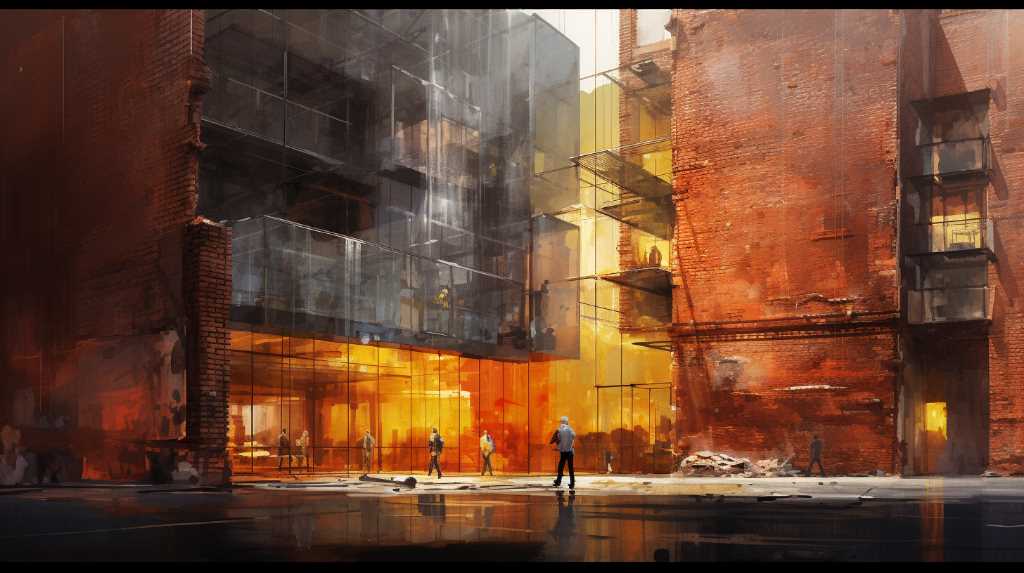
Building transformation is a complex process that involves significant changes to a structure, resulting in a renewed and revitalized space. In this article, we delve into the secrets of building transformation, exploring the methods and approaches used by professionals in this field.
From restoration to renovation, remodeling to refurbishing, we uncover the processes and techniques that can breathe new life into structures, creating spaces that are both aesthetically pleasing and functional. Join us as we unveil the secrets of building transformation.
Key Takeaways
- Restoration projects aim to return a building to its original condition after damage, requiring specialized designers, builders, and craftsmen.
- Renovation involves construction and changes to a building, updating the design and materials to move the building forward with current trends.
- Remodeling projects focus on modifying finishes, furnishings, and interior components without the addition or removal of walls, aiming to improve the quality and manner of a building without changing its form.
- Refurbishing and redecorating are less invasive ways to update a space, with refurbishing involving cleaning up or furnishing a space again, and redecorating focusing on changing the aesthetics and style of a space by updating furniture, paint, and accessories.
The Art of Building Transformation

How can the art of building transformation be achieved through restoration, renovation, remodeling, refurbishing, or redecorating? Each of these approaches offers unique methods to breathe new life into a structure while preserving its history and character.
Restoration projects involve meticulous research and craftsmanship to return a building to its original state after damage. Renovation, on the other hand, involves making changes and improvements to update the design and materials.
Remodeling focuses on modifying finishes and furnishings without altering the structure or layout significantly. Refurbishing aims to improve the overall appearance and functionality of a space through polishing, cleaning, and re-furnishing.
Finally, redecorating involves changing the aesthetics and style of a space through updates in furniture, paint, and accessories. Whether through restoration, renovation, remodeling, refurbishing, or redecorating, the art of building transformation lies in the careful balance between preserving history and embracing innovation.
Key Principles for Successful Building Transformation
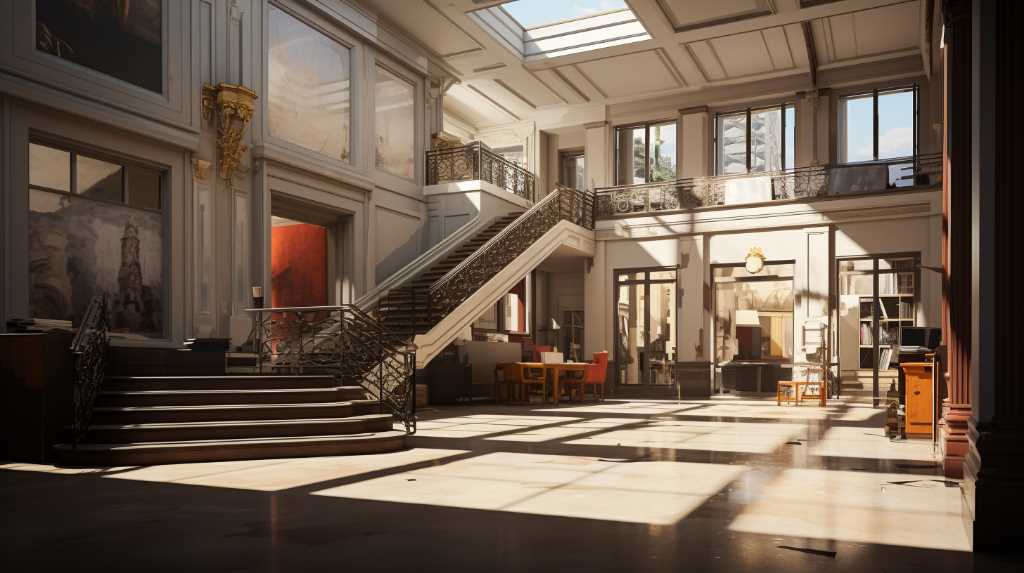
Implementing thorough planning and effective communication, as well as utilizing innovative technologies and sustainable practices, are key principles for successful building transformation. Thorough planning involves conducting a comprehensive analysis of the building’s current condition, identifying the desired outcome, and developing a detailed project plan. Effective communication is essential for ensuring that all stakeholders are on the same page and that any concerns or challenges are addressed promptly.
Utilizing innovative technologies can streamline the transformation process, improve efficiency, and enhance the overall performance of the building. Sustainable practices, such as incorporating energy-efficient systems and using eco-friendly materials, not only contribute to environmental conservation but also result in long-term cost savings.
Exploring the Process of Building Transformation

While there are various approaches to building transformation, understanding the process and its intricacies is crucial for successfully revitalizing and adapting existing structures to meet modern needs. Building transformation involves the careful assessment of the existing structure, identifying its strengths and weaknesses, and determining the desired outcome. This process typically includes conducting a thorough analysis of the building’s condition, functionality, and potential for improvement. It also involves considering factors such as sustainability, accessibility, and technology integration.
Once the goals and requirements are established, a comprehensive plan can be developed, outlining the necessary renovations, additions, or modifications. This plan should consider the building’s historical significance, local regulations, and budgetary constraints.
Throughout the transformation process, effective project management, skilled craftsmanship, and attention to detail are essential to ensure a successful outcome. Ultimately, building transformation is a complex endeavor that requires careful planning, expertise, and collaboration to achieve the desired results.
Materials and Techniques for Building Transformation
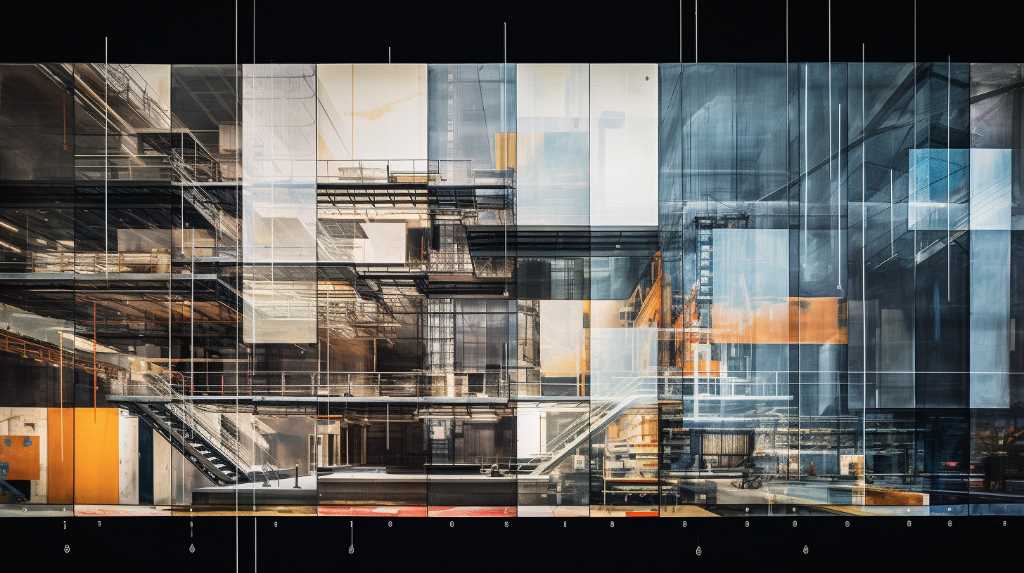
Researchers are exploring innovative materials and techniques to enhance the process of building transformation. With advancements in technology and construction practices, there is a growing interest in finding sustainable and efficient ways to renovate and repurpose existing structures.
One area of focus is the development of new building materials that are not only durable but also environmentally friendly. For example, researchers are experimenting with the use of recycled materials, such as reclaimed wood and recycled concrete, to reduce waste and promote sustainability.
Additionally, there is a growing interest in incorporating smart technologies into building transformation, including energy-efficient systems and automated controls. These advancements aim to improve the efficiency, functionality, and overall performance of transformed buildings while minimizing their environmental impact.
As research continues, it is expected that these innovative materials and techniques will revolutionize the process of building transformation.
Design Considerations in Building Transformation
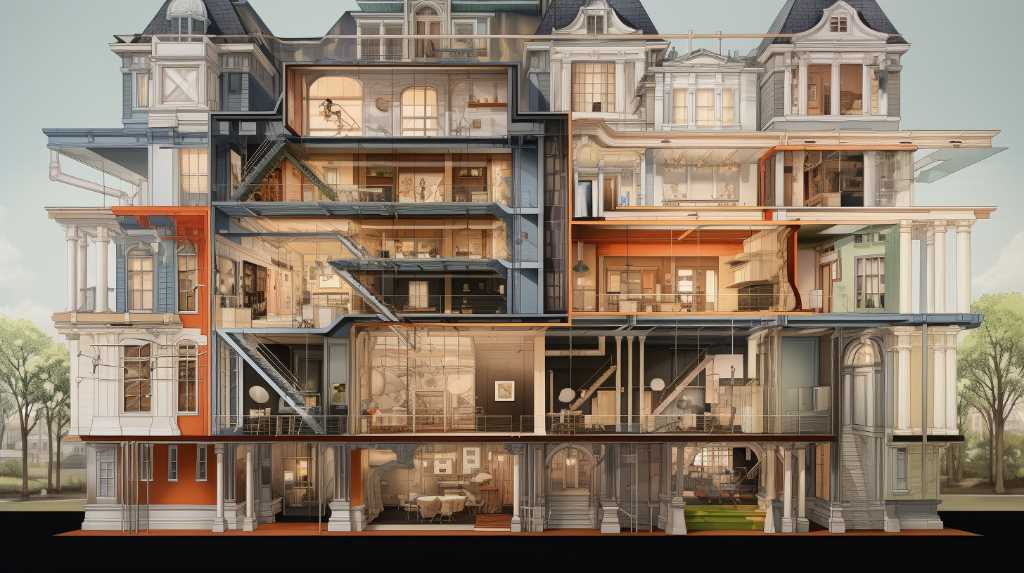
Sustainable design considerations in building transformation prioritize the integration of energy-efficient systems and the use of environmentally friendly materials. As the world seeks to mitigate the effects of climate change and reduce carbon emissions, the construction industry plays a crucial role in adopting sustainable practices.
When transforming existing buildings, it is essential to consider the environmental impact of the project. This includes utilizing energy-efficient systems such as solar panels, LED lighting, and smart energy management systems. Additionally, the use of environmentally friendly materials, such as low VOC paints, recycled materials, and sustainable wood, can significantly reduce the carbon footprint of the building.
Case Studies: Inspiring Building Transformations
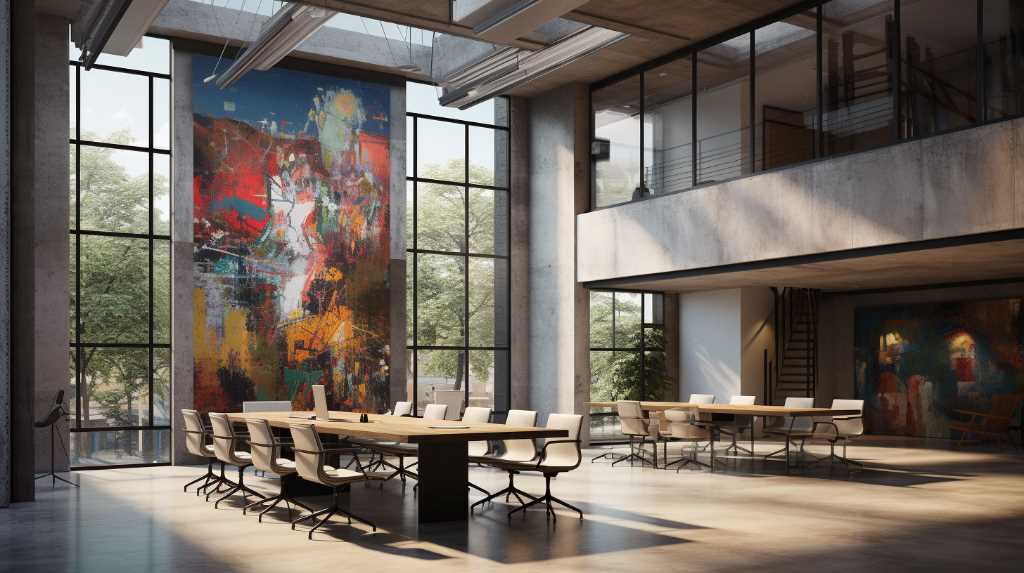
Through innovative design solutions and meticulous attention to detail, architects and contractors have successfully transformed outdated buildings into modern and functional spaces, as demonstrated in these inspiring case studies. These projects showcase the power of adaptive reuse, where old structures are repurposed to meet the needs of the present while preserving their historical significance.
One notable case study is the conversion of an abandoned warehouse into a vibrant coworking space. The architects creatively incorporated the original industrial features, such as exposed brick walls and high ceilings, while adding contemporary elements like glass partitions and ergonomic workstations.
Another inspiring example is the transformation of a dilapidated school building into a state-of-the-art community center. The architects seamlessly integrated sustainable design principles, incorporating green spaces and energy-efficient systems, to create a gathering place that promotes wellness and connectivity.
These successful building transformations serve as a testament to the power of thoughtful design and the potential to breathe new life into old structures.
Future Trends in Building Transformation
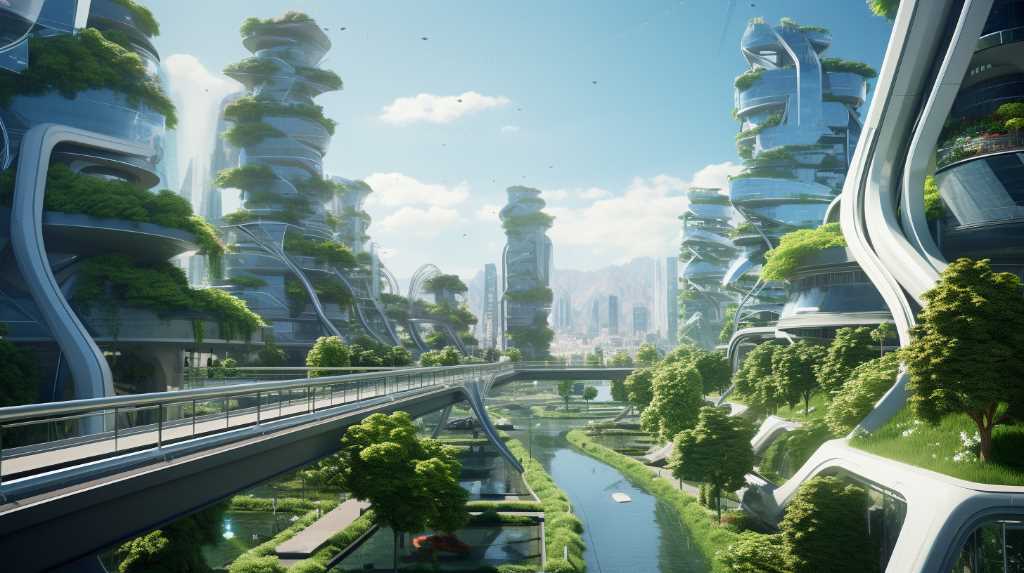
Embracing cutting-edge technologies and incorporating adaptable spaces, building transformation is evolving to meet the demands of a rapidly changing world. As we look towards the future, several key trends are emerging in the field of building transformation.
One such trend is the integration of sustainable practices and green technologies. With the increasing focus on environmental conservation, buildings are being transformed to minimize their carbon footprint and maximize energy efficiency.
Another trend is the use of smart technologies and automation to create intelligent, interconnected spaces. From automated lighting and temperature control to smart security systems, buildings are becoming more efficient and user-friendly.
Additionally, there is a growing emphasis on creating flexible and multi-purpose spaces that can adapt to different needs and functions. Whether it is through movable walls or modular furniture, building transformation is enabling spaces to be more versatile and adaptable.
Overall, these trends in building transformation are shaping the future of architecture and design, allowing buildings to evolve and meet the ever-changing needs of society.
Frequently Asked Questions
What Is the Difference Between Restoration and Renovation?
Restoration involves returning a building to its original condition, focusing on historical design and skilled craftsmanship. Renovation, on the other hand, includes construction and changes to update the design and materials, moving the building forward with current trends.
How Does Remodeling Differ From Refurbishing?
Remodeling differs from refurbishing in that remodeling involves modifying the finishes, furnishings, and interior components of a space without changing its form or structure. Refurbishing, on the other hand, focuses on improving the overall appearance and functionality of a space through polishing, cleaning, or furnishing.
What Is the Main Focus of Redecorating in Building Transformation?
The main focus of redecorating in building transformation is to change the aesthetics and style of a space. It involves updating furniture, paint, and accessories to refresh the overall appearance without making significant structural changes.
Is Refurbishing a Cost-Effective Way to Update a Space?
Refurbishing can be a cost-effective way to update a space by improving its overall appearance and functionality. It involves polishing, cleaning, or furnishing a space again, without major structural changes.
Can Building Transformation Include Changes to the Structure and Layout of a Space?
Yes, building transformation can include changes to the structure and layout of a space. This process involves modifying the form and function of a building to meet new requirements or to optimize its use.
Conclusion
In conclusion, building transformation is a complex process that requires a deep understanding of historical design, skilled craftsmanship, and current trends. Through restoration, renovation, remodeling, and refurbishing, professionals aim to revitalize spaces and improve their overall appearance and functionality.
By exploring the secrets of building transformation, we have gained insights into the processes and techniques that can breathe new life into structures, creating beautiful and functional spaces. As future trends in building transformation continue to evolve, we can expect even more inspiring transformations in the years to come.

